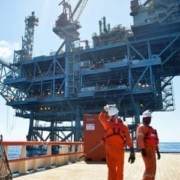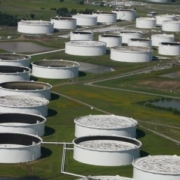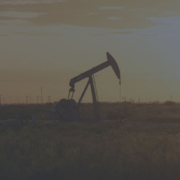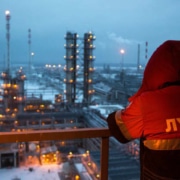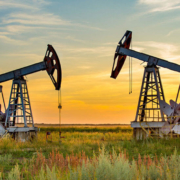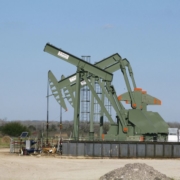Gas and oil industry companies have recovered from the 2020 crisis with bumper cash flows in 2021. For example, they are looking towards 2022 with more cash on hand. This is to increase shareholder distributions and prepare for the energy transition.
In 2022, the oil and gas industry could be up for a transformational year. This is in terms of both preparedness to continue the decarbonization drive. In addition, , it involves rewarding the shareholders of the sector. Moreover, they have had poor returns since the previous crisis in 2015-2016.
Strategic choices in investment in clean energy solutions, responding to the pressure to decarbonize, and portfolio repositioning will be next year’s key themes for all oil and gas companies—from the supermajors and the national oil companies (NOCs) to the U.S. independent oil and gas producers, Tom Ellacott, Senior Vice President, Corporate Research, at Wood Mackenzie, wrote in a recent report with an outlook of what to expect in 2022.
Massive cash flows, in many cases at record levels, will likely be used for both increasing shareholder payouts and repositioning for the energy transition, according to WoodMac’s vice president, corporate analysis, David Clark.
Oil firms can no longer turn a blind eye to the investor and societal pressure to cut emissions and actively participate in the decarbonization of their own operations and of other energy-intensive industries.
“It’s clear that sitting on the decarbonization sidelines isn’t an option. As stakeholder pressure intensifies, it’s time for big strategic decisions. However, these choices will set trajectories for the energy transition that will only gather momentum. Wood Mackenzie expects an exciting 12 months,” Ellacott said.
Click here to read the full article
Source: Oil Price
If you have further questions about the topic, feel free to contact us here.

